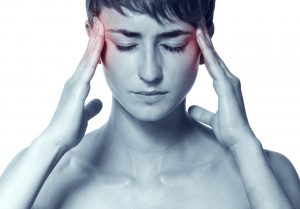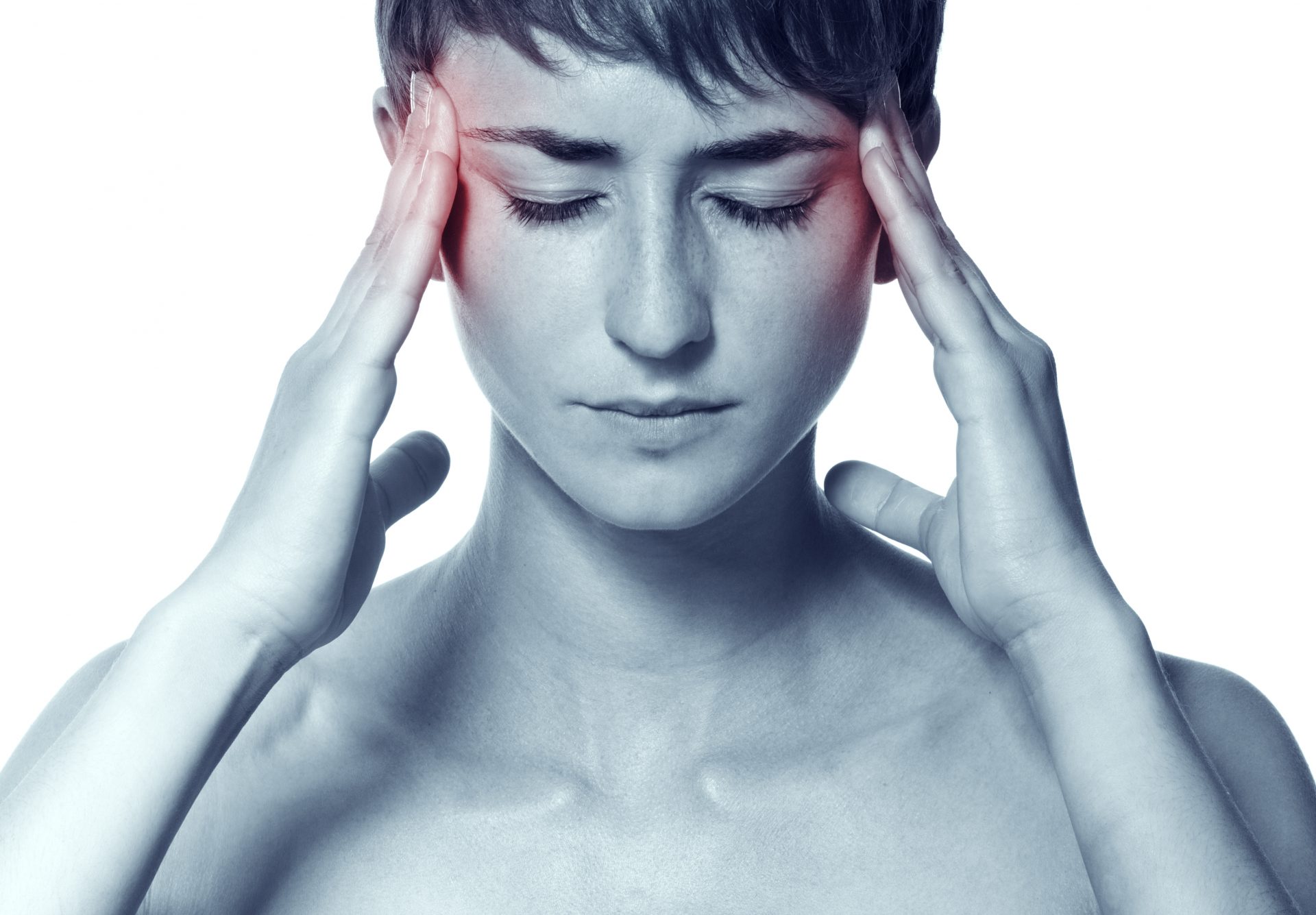
Neck pain and headaches can be extremely distracting.
Neck pain and headaches may appear unrelated, but this is often not the case.
Common Associated Symptoms of Neck Pain
- headaches
- tingling in the arms
- muscle pain
- fever – if you are experiencing fever alongside neck pain, it is advised to contact your GP
- stiff neck,
- throat pain,
- tenderness,
- weakness of the arms
As to be expected, some of these symptoms, especially the neurological ones can be quite frightening. There is however a simple explanation for this.
Neck pain that can be associated with headaches, commonly comes from 1 of 3 neck joints:
- Atlanto-occipital joint (C0-C1)
- Atlanto-axial joint (C1/2)
- C2/3 joint
Normally pain is caused by lack of movement (hypomobility), where the joints may feel stiff and as if they are ‘locked’ closed, or abnormal amounts of movement (hypermobility) due to weakened muscles. Not only does pain come from the joint, it may also come from the disc, nerve roots or muscles.
Abnormally positioned vertebrae or tight muscles can cause impingement of structures, which may be responsible for pain in the shoulder and the arm as well as the neck. These neurological symptoms can be quite concerning, but they are to be expected when there is injury to structures sitting in close proximity to important nerve roots. As long as you and your health professional are monitoring the symptoms, they are no cause for extra concern.
Weak muscles may lead to adopting a bad position of your head or neck, which is commonly reinforced by workplace or study. This may result in causing tightening of other muscles. A combination of weak and tight or overactive muscles can largely contribute to neck pain.
How does this relate to Headaches?
It is pretty simple. Any stress or injury to the neck joints initially is referred to the trigeminocervical nucleus in the brainstem. The more signals sent to the brainstem, the more sensitive it becomes. This part of the brainstem is also responsible for sending signals about head pain. Repetitive signals results in referral of pain to multiple areas, which is when the onset of the headache can occur.
If you suffer from neck pain for a long period of time, the brainstem may become hypersensitive, and send pain referral signals more easily that it did before. This means that the headaches may be more frequent and more severe.
Treatment
The best course of action is to seek treatment when first experiencing neck pain to try and avoid the long term consequences. Any associated headaches will benefit from treatment of the neck pain regardless of the exact cause. People who experience headaches without neck pain will also benefit from treatment on their neck.
It may also be beneficial to discuss potential triggers as well as any home or work modifications to address the biomechanical components at the neck.
If you are suffering with headaches, with or without neck pain, please do not hesitate to contact us on 1800 HEADACHE or send an email to [email protected], to book in for a careful assessment and diagnosis today!
For more information:
https://physioworks.com.au/injuries-conditions-1/neck-headache-cervicogenic-headache
https://www.spine-health.com/conditions/neck-pain/what-causing-my-neck-pain-and-headache







